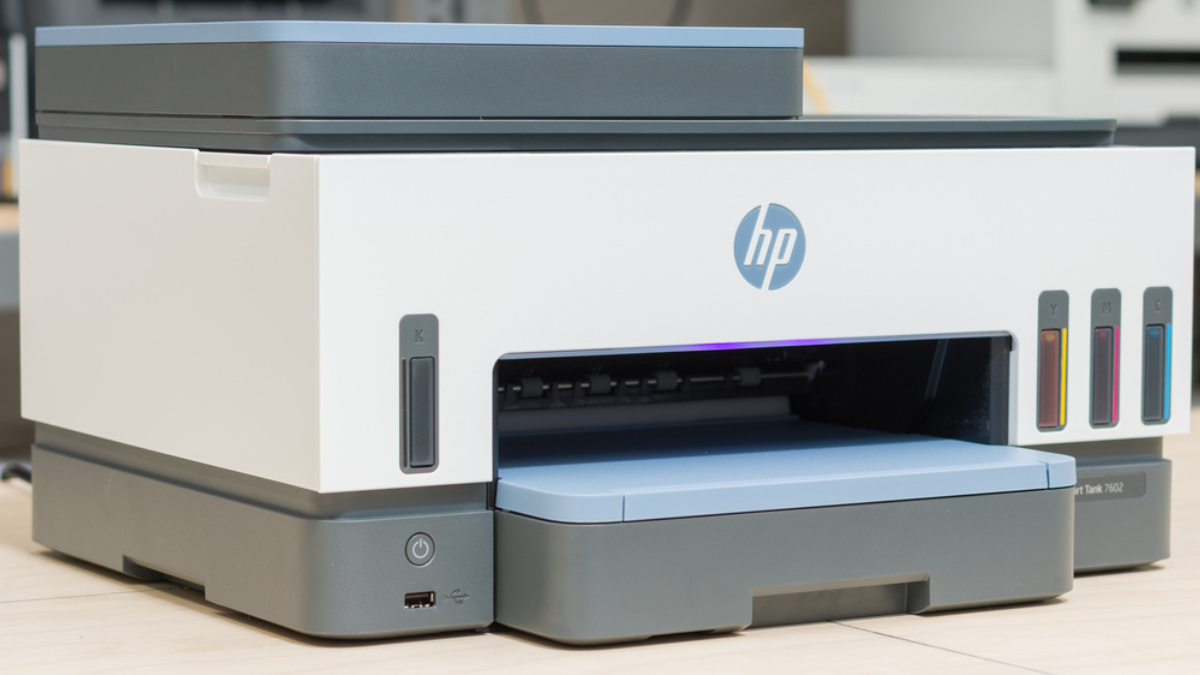Introduction
Struggling to connect your printer to the internet? Whether you’re setting up a new device or troubleshooting an offline printer, understanding how to put your printer online can make printing effortless. This printer setup for beginners guide walks you through simple steps to get your printer online, whether it’s wired or wireless. We’ll also explore wireless printer setup guide tips to help you print from any device with ease.
Why Connect Your Printer to the Internet?
Having an online printer enhances convenience and efficiency. Here’s why you should set up your printer for online access:
- Print from any device: Easily send print jobs from your smartphone, tablet, or computer.
- Wireless convenience: No need for cables; you can print from anywhere within your network range.
- Cloud printing support: Use services like Google Cloud Print and Apple AirPrint.
- Remote troubleshooting: Some printers allow manufacturers to diagnose and fix issues remotely.
- Easy printer sharing: Multiple devices can connect to the same printer without direct cable connections.
Connecting Your Printer to the Internet
Follow these step-by-step instructions to get your printer online quickly.
Step 1: Check Your Printer’s Compatibility
Before starting, ensure your printer supports wireless or network connections. You can verify this by:
- Checking the printer’s manual or specifications.
- Looking for Wi-Fi or Ethernet symbols on the device.
- Searching the manufacturer’s website for online printing features.
- Ensuring the printer supports AirPrint (for Apple devices) or Google Cloud Print (for Android/ChromeOS devices).
Step 2: Connect Your Printer to the Network
For Wi-Fi Printers
- Power on your printer and navigate to the Wi-Fi settings from the control panel.
- Select your home Wi-Fi network from the available options.
- Enter the Wi-Fi password when prompted.
- Confirm the connection and wait for the printer to establish the link.
- Print a network configuration page to verify the connection.
For Wired (Ethernet) Printers
- Connect an Ethernet cable from the printer to your router.
- Wait for the printer to obtain an IP address from the network.
- Check the printer’s display or settings to confirm the connection.
- If your printer does not appear online, restart the router and printer.
Step 3: Install Printer Drivers
To ensure compatibility with your computer, install the necessary printer drivers. Here’s how:
- Windows Users:
- Open Settings > Devices > Printers & Scanners.
- Click Add a Printer, then select your device.
- If drivers are missing, download them from the manufacturer’s website.
- Complete the installation wizard.
- Mac Users:
- Open System Preferences > Printers & Scanners.
- Click + and choose your printer from the list.
- If prompted, install the required software.
- Ensure the correct printer driver is selected for optimal performance.
Step 4: Add Printer to Your Device (Windows, Mac, or Mobile)
Once the printer is connected to Wi-Fi or Ethernet, add it to your devices:
On Windows
- Go to Settings > Devices > Printers & Scanners.
- Click Add a Printer, then select your printer.
- Follow the installation prompts.
- Set it as the default printer if necessary.
On macOS
- Open System Preferences > Printers & Scanners.
- Click + to add your printer.
- Choose AirPrint if available for seamless integration.
- Perform a test print to confirm connectivity.
On Mobile Devices
- iPhone/iPad:
- Use AirPrint by selecting Print from an app and choosing your printer.
- Alternatively, download the manufacturer’s app for additional features.
- Android:
- Use Google Cloud Print or the manufacturer’s app to set up wireless printing.
- Some printers support Wi-Fi Direct, allowing direct printing without a network.
Step 5: Test Print and Troubleshooting
After setup, perform a test print:
- Open a document or photo.
- Select Print and choose your printer.
- Adjust the settings if necessary and print a test page.
- If the print job is successful, your printer is online and ready to use.
Troubleshooting Tips
If your printer isn’t appearing online, try the following fixes:
- Restart your printer and router to refresh connections.
- Check network settings to confirm the printer is connected.
- Reinstall drivers if your computer does not recognize the printer.
- Ensure printer firmware is up to date to avoid compatibility issues.
- Disable the firewall or security settings temporarily to check if they are blocking the connection.
- Reset the printer settings and redo the setup if problems persist.
Advanced Printer Setup Options
If you want additional features, consider these options:
- Assign a static IP address to your printer for a stable connection.
- Enable cloud printing for remote printing capabilities.
- Use a print server to manage multiple printers on a network.
- Set up guest access for visitors who need temporary printer access.
Conclusion
By following this printer setup for beginners guide, you now know how to put your printer online effortlessly. Whether you use Wi-Fi, Ethernet, or mobile apps, having a wireless printer setup guide at your disposal makes printing more efficient. If you encounter issues, troubleshooting steps will help get your printer back online in no time. Happy printing!
By setting up your printer correctly, you ensure seamless printing experiences, avoiding unnecessary technical difficulties. Stay up to date with software updates and always check network configurations to maintain a smooth and reliable printing connection.
